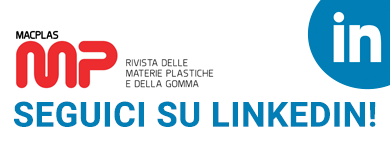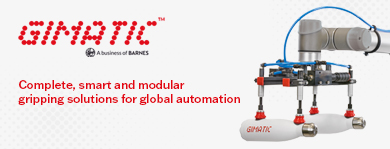Overall, the statistics presented at the recent Injection Moulding & Blow Moulding International Conference, held in Mumbai, show that worldwide demand for PET in 2013 is expected to reach nearly 19 million tons, compared with a production capacity of just over 26 million tons. In 2016, demand could be as high as 24 million tons, against a production capacity of 31 tons. Over the next three years, demand is expected to increase most in Asia (+41% to reach 9.7 million tons), whereas this area's local production capacity may rise by as little as 4 percent. Asia is followed by the Middle East/Africa (+23% in demand, to reach 2.7 million tons), Europe (+22%, with its 5 million tons), South America (+19%, 1.9 million tons), and finally North America (+15%, 4.5 million tons). As regards applications, the highest growth rate, by 2016, will be recorded by the sector of packaging for pharmaceutical and food products (+11%), followed by those of drinks containers (+9%), PET sheets (+8%), flasks and bottles for foodstuffs (+6%) and for carbonated drinks (+5%). The potential of PET within the Indian packaging industry is still very high. Leaving aside the bottled water sector (5.7 billion bottles produced in 2011, all made from PET), the material continues to be little used in the following sectors:
- carbonated drinks: 3.5 billion bottles (1.3 billion made from PET);
- beer: 3.1 billion (PET is still not used in this sector);
- fruit juices, tea, various non-carbonated drinks: 2.4 billion containers (300 million made from PET);
- containers with dispensers for various liquids: 22.8 billion (50 made from PET).
The per capita consumption of this material in India stands at about half a kg, which is a low level compared with those of the moderately developed countries of the Far East, and considerably lower than the 9.4 kg recorded in the USA, the 8.3 kg recorded in Italy, and the global mean of approximately 2.7 kg. Indian PET consumption in 2013-2014 is expected to be in the region of 600,000 tons, against a current total production capacity of 680,000 tons, which could potentially be increased by a further 780,000 tons, thereby generating, in the very short term at least, a substantial excess capacity that it would take several years to absorb.
























